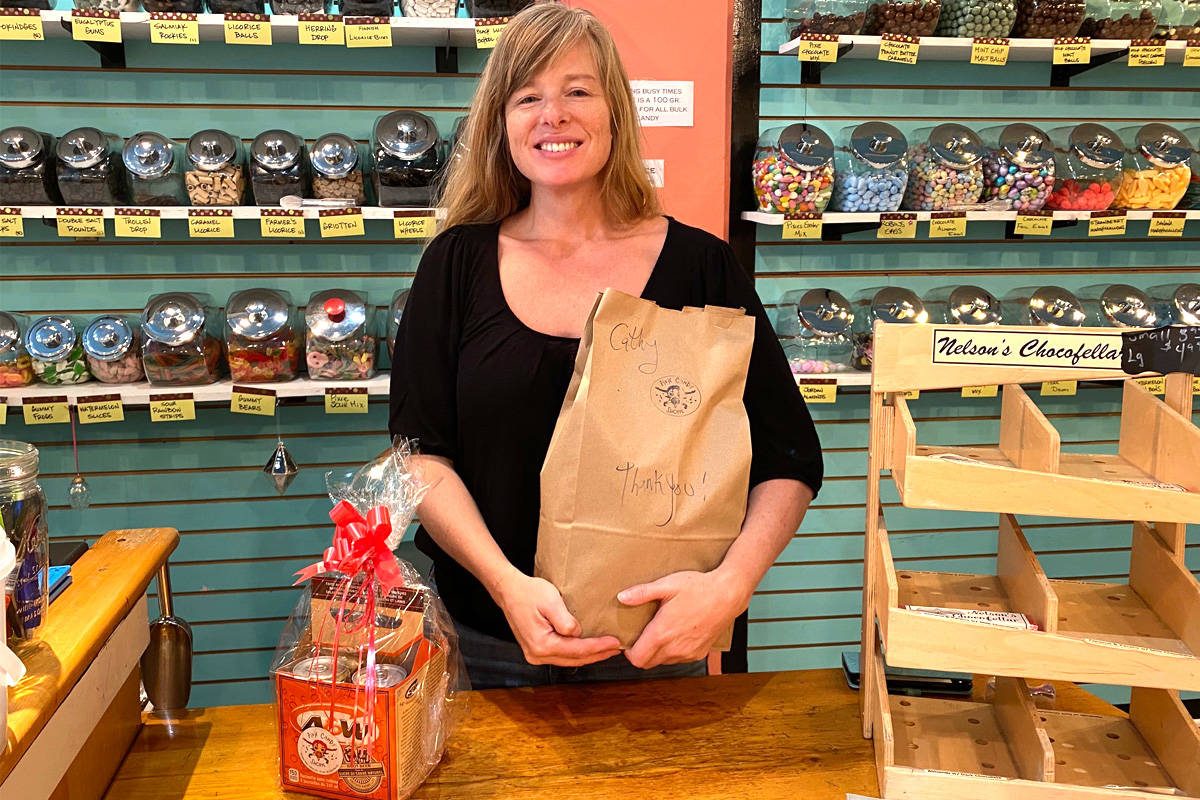The Buzz on I Luv Candi
The Buzz on I Luv Candi
Blog Article
All About I Luv Candi
Table of ContentsI Luv Candi Things To Know Before You BuyThe Single Strategy To Use For I Luv CandiThe smart Trick of I Luv Candi That Nobody is Talking AboutWhat Does I Luv Candi Do?7 Simple Techniques For I Luv Candi
You can additionally approximate your very own earnings by using various presumptions with our monetary prepare for a sweet-shop. Typical regular monthly profits: $2,000 This sort of sweet-shop is commonly a small, family-run business, perhaps recognized to citizens however not drawing in great deals of visitors or passersby. The shop might offer an option of usual candies and a couple of homemade deals with.
The shop does not generally lug uncommon or expensive things, focusing rather on inexpensive deals with in order to keep routine sales. Thinking an ordinary costs of $5 per customer and around 400 consumers monthly, the monthly profits for this candy store would certainly be roughly. Average month-to-month revenue: $20,000 This sweet store benefits from its critical place in a busy urban location, drawing in a multitude of clients trying to find wonderful indulgences as they go shopping.

In enhancement to its varied candy option, this shop might additionally offer related items like gift baskets, sweet bouquets, and uniqueness products, offering numerous profits streams. The store's area requires a higher allocate rental fee and staffing however leads to greater sales volume. With an estimated ordinary costs of $10 per consumer and regarding 2,000 consumers per month, this store can generate.
Some Known Details About I Luv Candi
Found in a significant city and traveler location, it's a huge facility, typically topped multiple floors and perhaps component of a national or global chain. The store uses a tremendous variety of candies, consisting of unique and limited-edition items, and product like well-known garments and devices. It's not just a shop; it's a destination.
These tourist attractions aid to attract thousands of visitors, substantially raising potential sales. The operational costs for this type of store are considerable as a result of the area, dimension, staff, and features offered. However, the high foot traffic and typical costs can cause significant profits. Assuming an average purchase of $20 per consumer and around 2,500 consumers each month, this front runner shop might accomplish.
Category Instances of Expenditures Typical Month-to-month Expense (Variety in $) Tips to Decrease Expenses Rental Fee and Utilities Shop lease, electrical power, water, gas $1,500 - $3,500 Think about a smaller area, discuss lease, and use energy-efficient lighting and appliances. Supply Candy, treats, product packaging materials $2,000 - $5,000 Optimize supply monitoring to decrease waste and track popular things to avoid overstocking.
A Biased View of I Luv Candi
Advertising And Marketing Printed materials, on-line ads, promos $500 - $1,500 Concentrate on economical digital advertising and make use of social networks systems free of cost promo. Insurance Organization responsibility insurance coverage $100 - $300 Search for competitive insurance coverage prices and take into consideration bundling policies. Tools and Upkeep Cash registers, show racks, repairs $200 - $600 Buy secondhand tools when feasible and perform regular maintenance to prolong tools lifespan.

This implies that the sweet-shop has reached a point where it covers all its taken care of costs and begins producing revenue, we call it the breakeven factor. Consider an example of a sweet-shop where the month-to-month set expenses commonly total up to about $10,000. A harsh quote for the breakeven point of a sweet-shop, would certainly after that be around (because it's the total fixed price to cover), or offering between with a price series of $2 to $3.33 each.
I Luv Candi Fundamentals Explained
A huge, well-located candy store would clearly have a higher breakeven point than a tiny store that doesn't require much revenue to cover their costs. Interested about the productivity of your candy store?
An additional great post to read threat is competition from various other candy stores or bigger retailers who could provide a broader variety of items at lower costs (https://www.openstreetmap.org/user/iluvcandiau). Seasonal changes in demand, like a decrease in sales after vacations, can also influence earnings. Additionally, transforming consumer choices for healthier treats or dietary constraints can reduce the allure of conventional sweets
Finally, financial recessions that lower customer investing can impact sweet-shop sales and earnings, making it important for candy shops to handle their expenses and adapt to transforming market conditions to stay rewarding. These risks are commonly consisted of in the SWOT analysis for a sweet-shop. Gross margins and internet margins are key indicators utilized to assess the productivity of a sweet shop business.
Indicators on I Luv Candi You Should Know
Essentially, it's the profit continuing to be after subtracting costs straight associated to the candy supply, such as purchase costs from distributors, production prices (if the sweets are homemade), and staff wages for those associated with manufacturing or sales. https://www.evernote.com/shard/s637/sh/0f0614b6-5346-9b91-e9e1-def612544939/lFDugyb4TW3QogNHtXplt77zV_lAIeAvwmsd24acBx8tbGruunzEW6J2Jg. Web margin, on the other hand, consider all the costs the candy store sustains, consisting of indirect expenses like administrative expenditures, advertising and marketing, lease, and taxes
Candy shops normally have a typical gross margin.For circumstances, if your sweet store makes $15,000 per month, your gross profit would certainly be approximately 60% x $15,000 = $9,000. Consider a sweet store that marketed 1,000 candy bars, with each bar priced at $2, making the complete profits $2,000.
Report this page